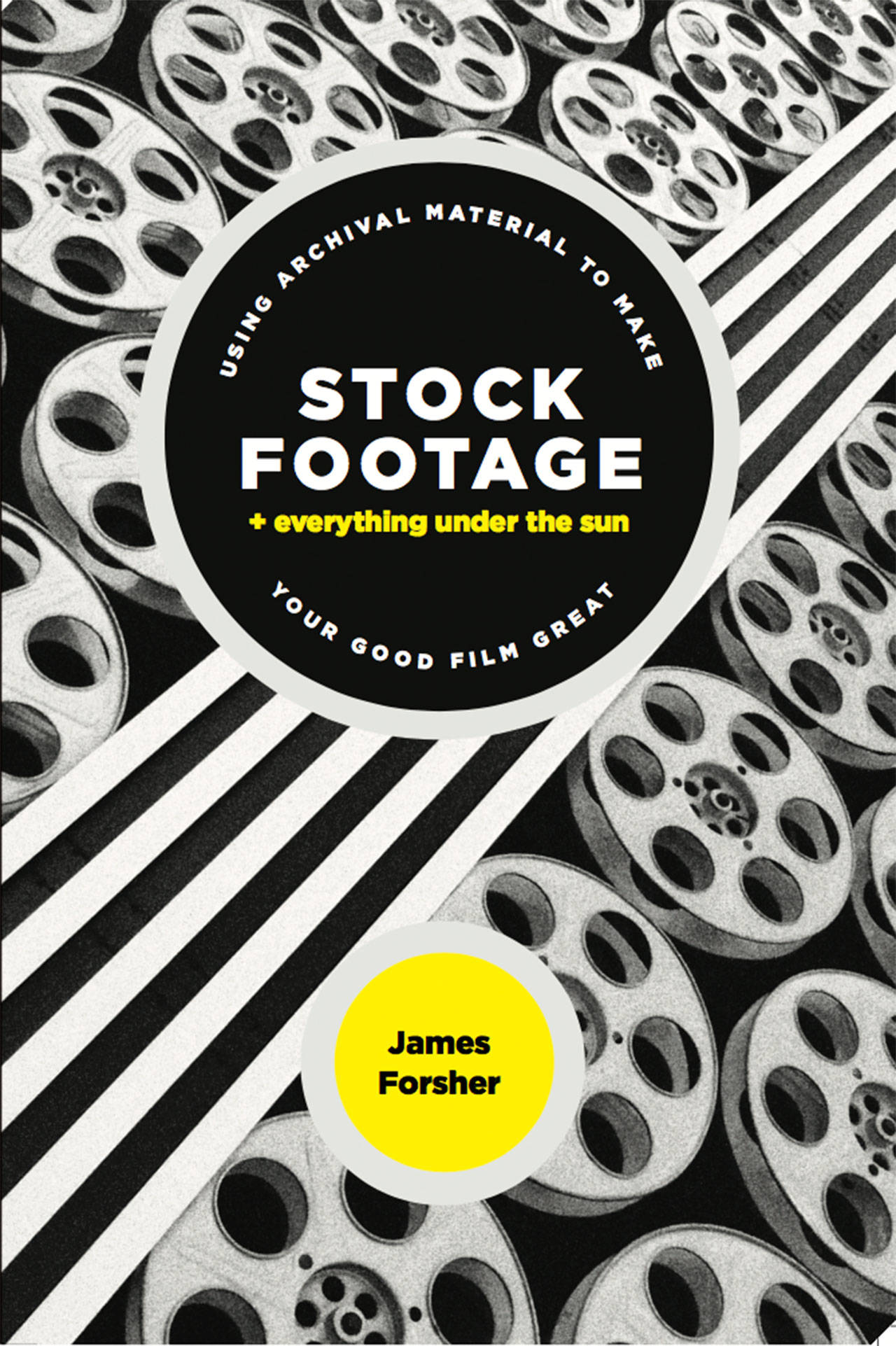Don’t let the title fool you, there’s nothing “stock” about James Forsher’s “Stock Footage.”
The Bainbridge-based author’s latest film-centric offering, “Stock Footage + Everything Under the Sun: Using Archival Material to Make Your Good Film Great,” is part reference/part narrative, and fully drawn from his 40-plus years of teaching and moviemaking experience.
“The book doesn’t have a great title … and it doesn’t really reflect what the book’s about,” Forsher said. “The theme is how to be a really good film detective, how to look at a piece of film and figure out what’s going on with it, where it came from, what time it came from.”
Like a celluloid-obsessed Sam Spade, Forsher gets to the bottom of things, taking the reader along for the ride through the book’s four main parts:
Part One is an overview of archival footage, reviewing exactly what constitutes archival material and how it fits within the broader history of film and TV production. It also introduces the subjects of research methods and legal parameters.
Part Two examines the variety of styles of entertainment programming that use archival footage, including separate sections on network magazine formats, cable reality shows, webisodes, PBS documentaries, feature-length documentaries, and how documentaries can sway public opinion, offering interviews with experts who give a realistic idea of how they’ve used stock footage in their own work.
Part Three covers “Visual Literacy 101,” a short course on how to “read” a film. By looking at only a few seconds of footage, one can deduce some very important facts about the film. This is the part that most makes a detective out of any researcher or editor who is determined to find the most authentic setting and context for their film.
Finally, Part Four discusses how to use archival footage, writing a script that includes archival material, editing archival material, negotiating rights and budgeting constraints.
Forsher will visit downtown Winslow’s Eagle Harbor Book Company at 7 p.m. Thursday, Feb. 21, to chat about his book, bringing samples of films, stories of archival footage treasure hunts and refreshments.
“I’m bringing samples from films I produced going back to the early 1980s going up to last year,” the author said. “It’ll be a fun evening to go through 100 years of movies in an hour.”
Forsher has decades of experience producing, writing, and directing documentaries and television commercials. His productions, ranging from half-hour shows to feature-length documentaries, have aired on the Discovery Channel, The Movie Channel, Cinemax, A&E and PBS, from this year’s hour-long show “Elvis and the Girl from Vienna back,” to his 1977 documentary “Conrad Hilton: Insight into a Giant.”
Forsher has also taught film and video production at the college and university level for nearly two decades, directed the broadcast program at California State University, East Bay, and has taught communication courses as a Fulbright Scholar in Europe.
Films as successful and varied as “Hugo,” “Back to the Future Part II” and “Star Trek Generations,” Forsher writes in the book’s introduction, all of which used archival materials to great effect, prove that the seemingly banal-sounding “stock footage” is not limited to use in documentaries.
“That’s kind of the misnomer,” Forsher said. “Archival material is the backbone of every feature film, every documentary, nonfiction TV show. It’s huge; everything that was shot a minute ago and behind. You have to access it [and] whether it’s 100 years old or shot a year ago, it’s the same process.”
The proliferation of digital technology has made that process, the hunt for the ever-elusive perfect piece of footage, both easier and more difficult than when he began working in film, Forsher said.
“Your choices now are so much easier than when I started back in the ‘70s,” he said. “But it also is confusing because what’s rights-free? What’s public domain? What can you use? What are you going to get sued for? That’s what really tricks a lot of people, because they go, ‘Well if it’s on YouTube it’s got to be public domain’ — and that’s the furthest thing from the truth.”
The book was designed, Forsher said, to be read both bit-by-bit as needed, for reference, and straightforwardly, beginning to end.
“I also wrote it for all the people who are clueless, who know nothing about film, television, radio, and they want to kind of know the basics,” he said. “In a couple-hour read they’ll really get a good education about what comes from when.
“This is a book to make someone a film detective,” he added. “And stock footage is just one of 20 chapters. It covers a lot more than that.”
Visit www.eagleharborbooks.com/event/stock-footage-james-forsher to learn more.



